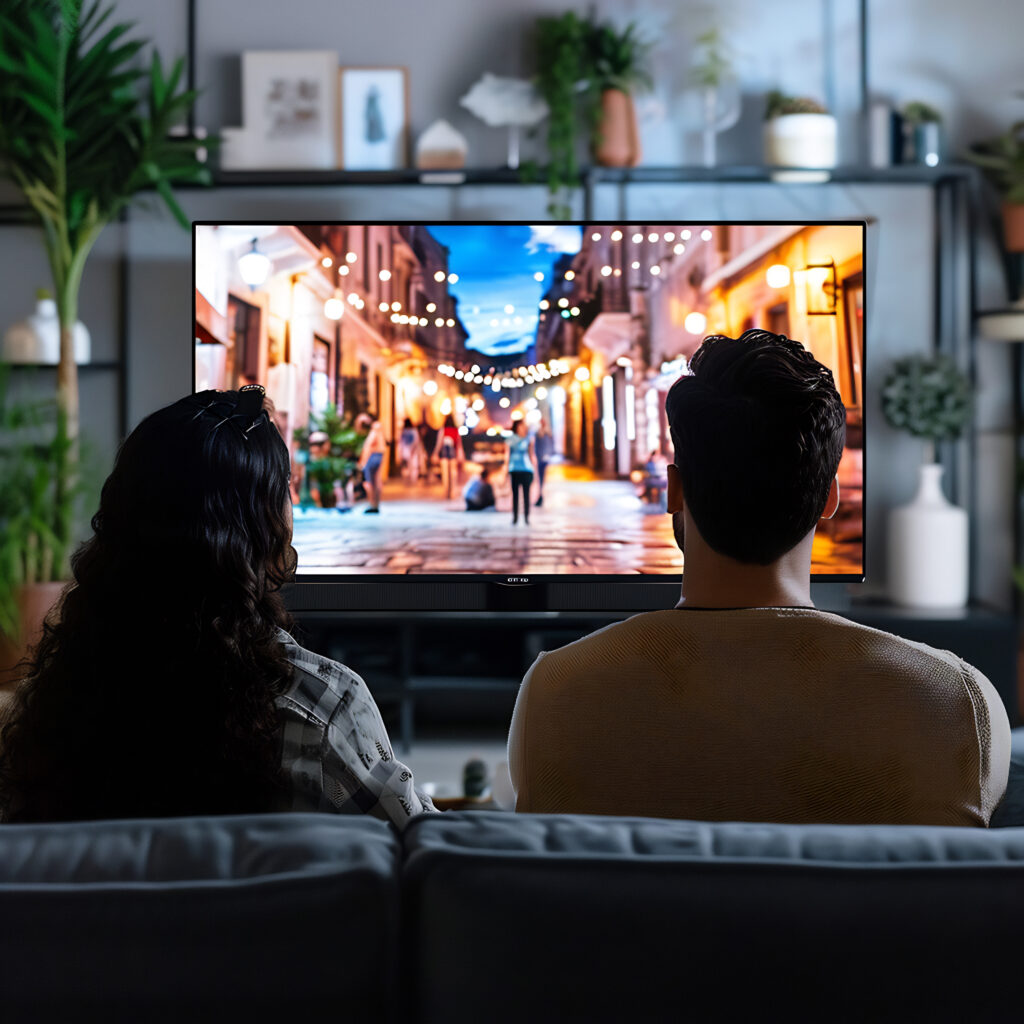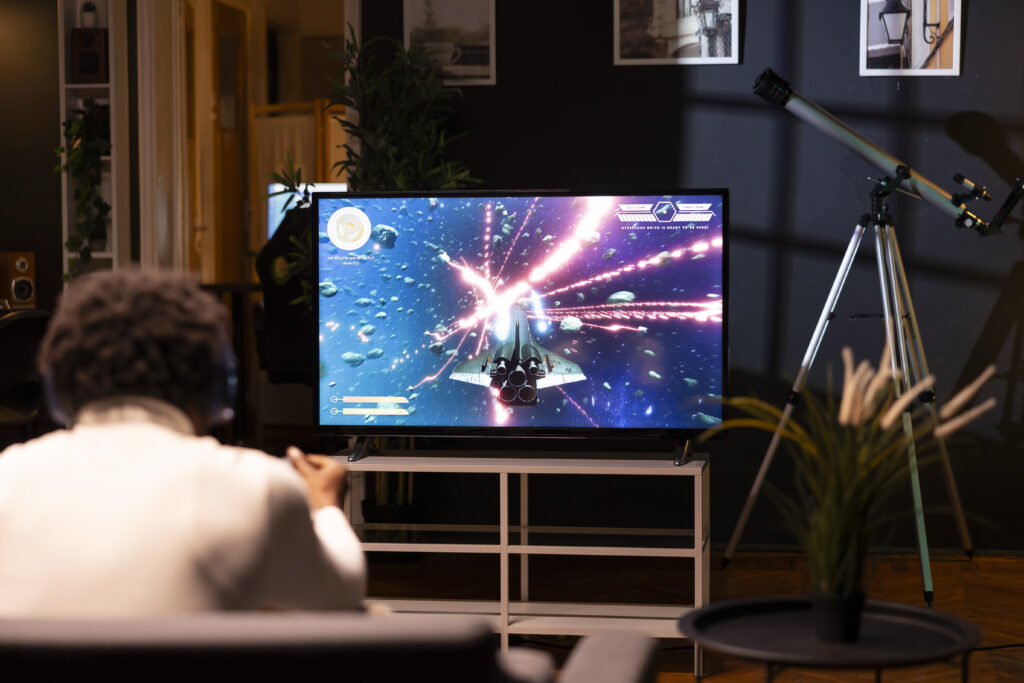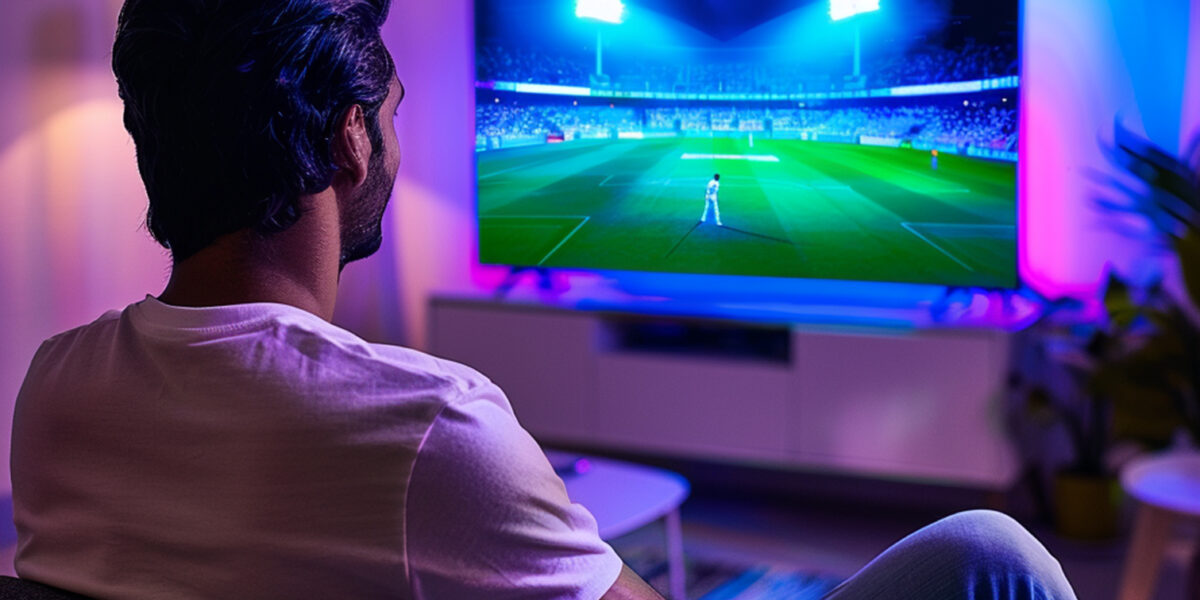How to Stream TV without cable
In today's digital age, traditional cable TV is steadily losing its stronghold in our living rooms. For anyone looking to cut the cable and dive into the world of streaming—this is your comprehensive guide on how to stream TV without cable. Whether you're curious about alternatives to cable TV, pondering “how to stream TV without cable,” or questioning “how do you stream local channels,” this article addresses all your concerns.
What is Streaming TV?
Streaming TV refers to the method of watching television shows, movies, and even live broadcasts over the internet instead of through traditional cable or satellite services. Many people are making the switch, seeking alternatives to cable TV that offer flexibility, diverse content, and, often, significant savings.
Who Can Benefit from Streaming TV?
Anyone who currently subscribes to cable TV or is considering a new television service can benefit from streaming. It caters to a wide demographic: college students, families, and even seniors who are tech-savvy. If you have a reliable internet connection and a device to stream on, streaming TV is an appealing option for you.

When Should You Make the Switch?
The best time to transition to streaming TV is when your cable contract is up for renewal, or when you find that you are paying too much for channels you rarely watch. Take note of any major sporting events, shows, or specific programming you don't want to miss during the transition period.
Where Can You Stream TV?
Streaming can be done almost anywhere! Whether at home, work, or even on vacation, as long as you have an internet connection, you can stream TV. The flexibility allows you to connect using multiple devices such as smart TVs, smartphones, laptops, or dedicated streaming devices like Roku or Amazon Fire Stick.
Why Should You Consider Streaming TV?
- Cost Savings: Cable bills can reach exorbitant levels with added fees for hardware and premium channels. Streaming services typically operate on a flat monthly rate, often far cheaper.
- Content Variety: With streaming services, you can access a broader range of content tailored to your interests.
- On-Demand Viewing: Unlike cable TV, streaming services let you watch shows and movies anytime, fitting into your schedule.
- Flexibility: Most streaming services don’t lock you into long-term contracts, allowing you to cancel or switch services anytime.
How to Stream TV Without Cable?
To start streaming TV without cable, follow these steps:
Assess Your Internet Connection
A stable, high-speed internet connection is crucial. Most services recommend at least 5-10 Mbps for HD streaming and higher for 4K content.
Choose Your Streaming Device
Several devices can facilitate streaming, including smart TVs, smartphones, tablets, gaming consoles (PS5, Xbox), and dedicated streaming devices like Roku, Apple TV, or Amazon Fire Stick.
Select Streaming Services
There are numerous streaming platforms available. Here are some key categories and their popular services:
- On-Demand Streaming: Netflix, Hulu, Amazon Prime Video
- Live TV Streaming: Sling TV, YouTube TV, Hulu + Live TV
- Niche Content: Disney+, ESPN+, HBO Max
How Do You Stream Local Channels?
Local channels like ABC, NBC, CBS, and Fox are critical for many viewers. Here's how you can stream them:
- Live TV Streaming Services: Many live TV services offer local channels as part of their packages.
- Network Apps/Websites: Individual network apps or websites sometimes offer live streaming.
- Antenna: If local channels aren't included in your chosen streaming service, a digital antenna can pull in over-the-air broadcasts.

Frequently Asked Questions (FAQs)
What are the potential costs of streaming TV without cable?
The cost of streaming TV can vary widely depending on your preferences and the services you choose. Here’s a breakdown of potential costs:
- Internet Service: Expect to pay around $50 to $100 per month, depending on the speed and provider.
- Streaming Subscriptions: Costs can add up based on the number of services you subscribe to. Here are some common price points (as of 2023):
- Netflix: $9.99 to $19.99 per month
- Hulu: $6.99 to $12.99 per month (with ads vs. without ads)
- Disney+: $7.99 per month
- Amazon Prime Video: $8.99 per month or included with Amazon Prime membership at $119/year
- HBO Max: $14.99 per month
- Live TV Streaming Services (optional): Services like Sling TV, YouTube TV, and Hulu + Live TV range from $30 to $70 per month.
Total Estimated Monthly Cost:
On average, if you subscribe to 3-4 streaming services, you might spend between $50 to $80 plus the cost of your internet connection.
What equipment or software do I need to be able to stream TV without cable?
To streamline your streaming experience, you’ll need a few essential pieces of equipment and software:
Smart TV: A smart TV with built-in apps can simplify the process. Brands like Samsung, LG, and Sony come preloaded with popular streaming apps.
Streaming Device: For non-smart TVs, consider devices such as:
- Roku
- Amazon Fire Stick
- Apple TV
- Google Chromecast
Internet Router and Modem: Ensure you have a reliable router and modem to provide a stable internet connection.
Mobile Devices (optional): Smartphones, tablets, and laptops can also be used for streaming via dedicated apps.
HDMI Cable: Needed to connect streaming devices to your TV.
Streaming Subscriptions: Software-wise, you’ll need to install apps for each streaming service you subscribe to (Netflix, Hulu, Disney+, etc.).
What are some affordable alternatives to high-cost cable for streaming TV?
Cutting the cord can save you money, and there are many affordable alternatives to traditional cable. Here are a few that offer great value:
- Roku Channel: Free streaming service offering movies, TV shows, and live channels.
- Pluto TV: Offers over 250 channels and thousands of on-demand movies and TV shows for free.
- Tubi TV: A free service with a large library of movies and TV shows.
- Sling TV: Offers live TV streaming starting from $30 per month, which is cheaper than most traditional cable packages.
- Philo: Provides 60+ live TV channels for $25 per month.
- Peacock TV: NBC’s streaming service with a free tier and premium options starting at $4.99 per month.
- Paramount+: Offers a basic plan for $4.99 per month.
Learning how to stream TV without cable offers a modern, economical, and versatile way to enjoy television. From substantial cost savings to an on-demand library of content, the benefits are clear. With a stable internet connection, the right devices, and a selection of streaming services, you can unlock a new era of television viewing. Whether you aim to cut the cable fully or supplement your current viewing habits, knowing how to stream TV without cable is the first step toward television freedom.




